Your cart is currently empty!
Unlock the Enchanting World of Zantedeschia Mix: A Comprehensive Guide
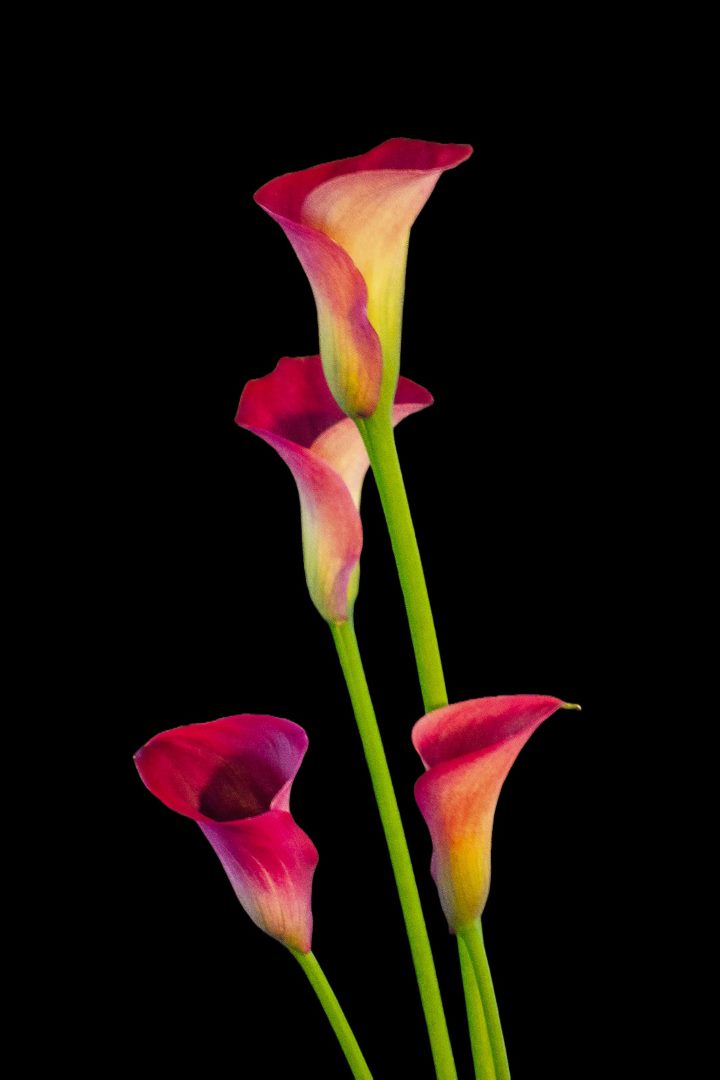
Introduction
Zantedeschia, also known as Calla lily, is a genus of flowering plants native to southern Africa. Known for their striking trumpet-shaped blooms and vibrant foliage, Zantedeschia hybrids, commonly referred to as “Zantedeschia mix,” have become popular additions to gardens and indoor spaces worldwide.
Varieties and Bloom Types
Calla Lily Varieties
Zantedeschia mix encompasses a wide range of hybrids, including:
- Z. aethiopica: Classic white calla lily with pure white spathes
- Z. elliottiana: Yellow or gold-colored spathes
- Z. rehmannii: Pink or purple spathes with white speckles
- Z. albomaculata: Dark-spotted spathes with frilly edges
Bloom Types
Zantedeschia mix offers various bloom types, including:
- Standard: Flat and funnel-shaped spathes with a central stalk
- Trumpet: Elongated and trumpet-shaped spathes
- Double: Spathes with multiple layers of petals, resembling peony flowers
- Dwarf: Compact plants with blooms ranging from 6 to 12 inches in height
Cultivation and Care
Growing Conditions
Zantedeschia mix thrives in:
- Light: Partial shade to full sun
- Soil: Moist, well-drained, and rich in organic matter
- Temperature: Warm climates (USDA hardiness zones 8-11)
- Water: Regular watering, especially during active growth
Planting
Plant Zantedeschia bulbs in the spring or fall, about 4-6 inches deep and 12-18 inches apart. Water deeply after planting.
Fertilization
Fertilize Zantedeschia mix with a balanced fertilizer every 4-6 weeks during the growing season.
Winter Care
In cooler climates, Zantedeschia mix may need protection from frost. Dig up the bulbs before the first frost, store them in a cool, dry place, and replant them in the spring.
Uses and Benefits
Zantedeschia mix offers versatility in landscaping and indoor decor:
Landscaping
- Mass planting for a striking display of color
- Border plants along pathways and water features
- Cut flowers for bouquets and arrangements
Indoor Decor
- Centrepieces for special occasions
- Statement pieces in entryways and living rooms
- Air-purifying plants
Common Pests and Diseases
Zantedeschia mix is generally pest and disease resistant, but may be susceptible to:
Pests
- Aphids
- Slugs
- Snails
Diseases
- Bacterial soft rot
- Fusarium wilt
- Southern blight
Troubleshooting
| Problem | Possible Cause | Solution |
|---|---|---|
| Yellowing leaves | Nutrient deficiency or overwatering | Fertilize or adjust watering schedule |
| Stunted growth | Lack of sunlight or nutrients | Move to a sunnier location or fertilize |
| Brown leaf tips | Insufficient humidity | Increase humidity by misting or using a humidifier |
Conclusion
Zantedeschia mix offers a captivating display of color, graceful blooms, and versatility for both landscaping and indoor use. By understanding their cultivation needs, common pests and diseases, and troubleshooting techniques, you can successfully grow and enjoy the beauty of Zantedeschia mix for years to come.
Additional Tips:
- Deadhead spent flowers to encourage new blooms.
- Divide clumps every 3-4 years to prevent overcrowding.
- Handle Zantedeschia plants with care as they contain calcium oxalate crystals that can cause skin irritation.
- Bring indoor plants outdoors during the summer months for a boost of sunshine.


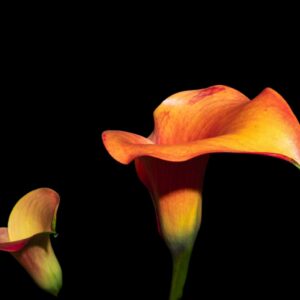
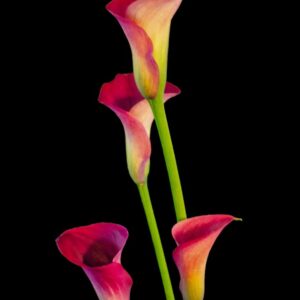
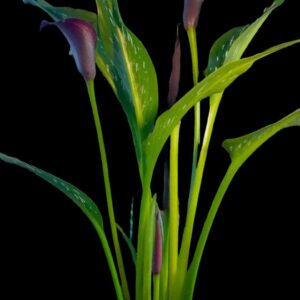
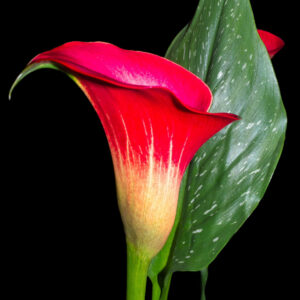
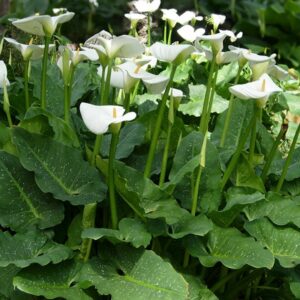
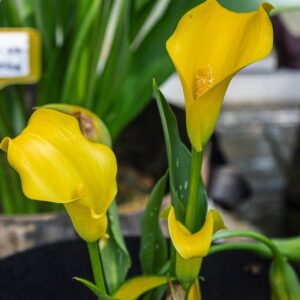
Leave a Reply